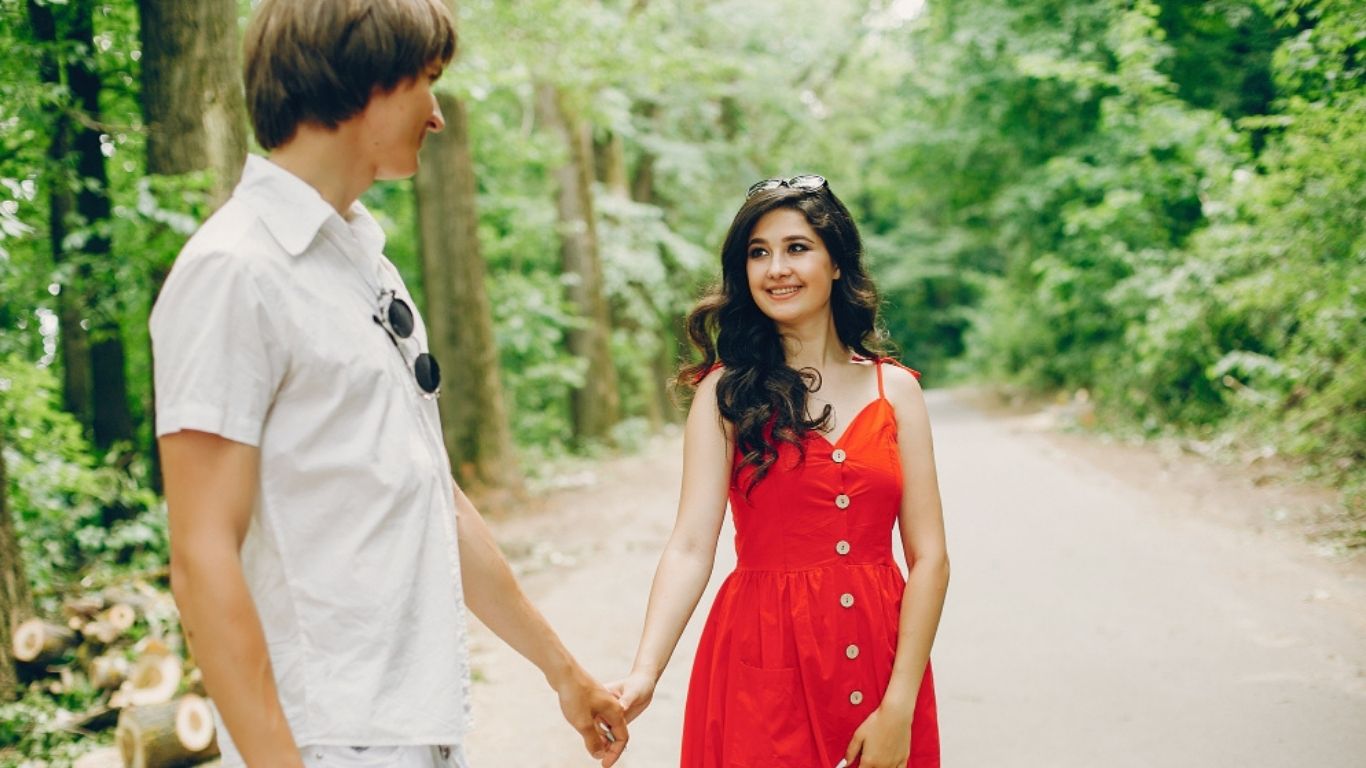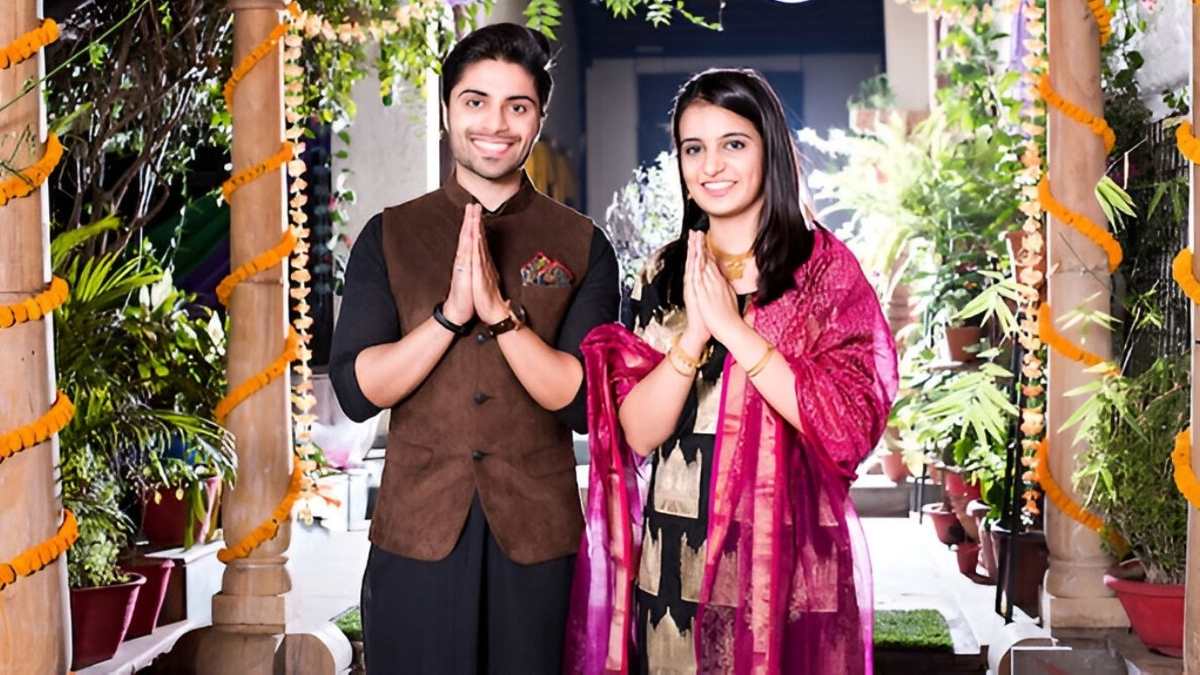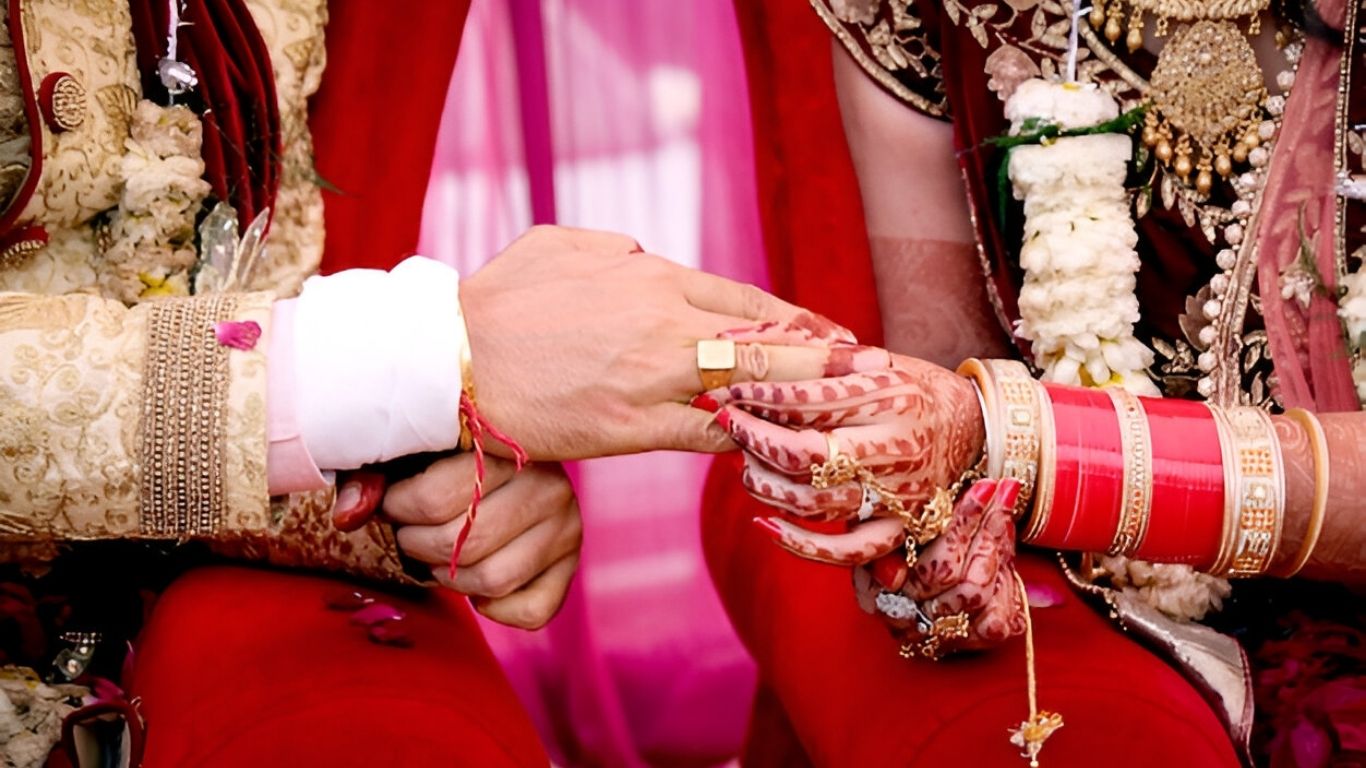
Marriage in the Aggarwal community is deeply rooted in traditions that have been passed down through generations. These rituals symbolize unity, prosperity, and the blessings of ancestors. An Aggarwal wedding is a grand affair, filled with sacred ceremonies and joyful celebrations. Let’s explore the various rituals and customs that make these weddings unique.
Pre-Wedding Rituals
1. Roka and Thaka Ceremony
The first step towards marriage in the Aggarwal community is the Roka ceremony, which marks the official commitment between the bride and groom’s families. During this event, the families exchange gifts and sweets, signifying their acceptance of the union. In some cases, a Thaka ceremony follows, where the groom’s family formally visits the bride’s home with presents and blessings.
2. Sagaai (Engagement Ceremony)
Also known as ring ceremony, the Sagaai marks the formal engagement between the couple. Rings are exchanged, and both families bless the couple with gifts, jewelry, and clothes. This ceremony strengthens the bond between the two families and sets the stage for the upcoming wedding festivities.
3. Haldi Ceremony
Auspicious and colorful, the Haldi ceremony involves applying turmeric paste to the bride and groom. This ritual is believed to bring a natural glow and purify them before the wedding. Friends and family members take part in this lively event, smearing haldi on the couple amid music and laughter.
4. Mehendi and Sangeet Ceremony
The Mehendi ceremony is an essential pre-wedding ritual where intricate henna designs are applied to the bride’s hands and feet. This is followed by the Sangeet, a musical evening filled with dance performances by both families. The event is filled with joy and strengthens family bonds.

Wedding Day Rituals
1. Baraat and Swagat
On the wedding day, the groom arrives at the wedding venue with his Baraat (wedding procession), accompanied by family and friends dancing to music. The bride’s family welcomes the groom with an Aarti, offering him sweets and blessings before he enters the venue.
2. Jaimala (Exchange of Garlands)
The bride and groom exchange flower garlands, symbolizing their mutual acceptance and love for each other. This marks the beginning of the wedding rituals.
3. Kanyadaan (Giving Away the Bride)
A deeply emotional moment, the Kanyadaan ceremony sees the bride’s father giving her hand to the groom, entrusting him with her happiness and well-being. This ritual signifies the parents’ blessings and the passing of responsibilities.
4. Pheras (Sacred Vows Around the Fire)
The most significant part of the Aggarwal wedding is the Saptapadi or seven Pheras around the holy fire. Each phera represents a vow that the couple takes, promising love, respect, and a lifetime of togetherness.
5. Sindoor and Mangalsutra
The groom applies Sindoor (vermilion) on the bride’s forehead and ties the Mangalsutra around her neck, marking her as a married woman. This is an important symbol of their union and lifelong commitment.
Post-Wedding Rituals
1. Vidaai (Farewell Ceremony)
The Vidaai is an emotional moment when the bride leaves her parental home to start a new life with her husband. Her family showers her with blessings, and she bids farewell with tears of joy and sadness.
2. Griha Pravesh (Welcoming the Bride)
Upon arrival at her new home, the bride is welcomed by the groom’s family with an Aarti. She enters the house by gently knocking over a pot of rice, symbolizing prosperity and good fortune.
3. Reception
The wedding celebrations conclude with a grand reception, hosted by the groom’s family, where the newlyweds are introduced to extended relatives and friends.
The Blessings Matrimonials
For families in search of a suitable match within the Aggarwal community, The Blessings Matrimonials is a trusted name. Specializing in uniting compatible individuals, they offer personalized matchmaking services to help families find the ideal life partner for their loved ones. With a deep understanding of traditional values and modern preferences, The Blessings Matrimonials ensures a seamless and fulfilling matrimonial experience.
Conclusion
Aggarwal weddings are a beautiful blend of traditions, emotions, and celebrations. Each ritual carries significant meaning, strengthening the bond between two individuals and their families. From the pre-wedding festivities to the post-wedding rituals, every aspect of the ceremony reflects the rich cultural heritage of the Aggarwal community. These weddings are not just about uniting two souls but also about fostering relationships that last a lifetime.
Don’t Miss: Marriage Bureaus for Single Parents: Finding the Right Match with Kids in the Picture
FAQs
1. What makes Aggarwal weddings unique?
Aggarwal weddings are known for their elaborate rituals, grand celebrations, and deep-rooted traditions. Each ceremony has spiritual and cultural significance, making the wedding a memorable and sacred event.
2. What is the significance of the Kanyadaan ritual?
The Kanyadaan ceremony is a crucial wedding ritual where the bride’s father gives her hand to the groom, signifying trust and responsibility. It is considered one of the most selfless acts in Hindu marriages.
3. Why is the Haldi ceremony important?
The Haldi ceremony is believed to cleanse and purify the bride and groom before the wedding. Turmeric has antiseptic properties and brings a natural glow, preparing them for their big day.
4. How does the Aggarwal community select a life partner?
The selection of a life partner is often based on compatibility, family values, and traditions. Many families rely on matrimonial services like The Blessings Matrimonials to find a suitable match within the community.
5. What happens after the wedding in Aggarwal customs?
After the wedding, the bride is welcomed into her new home through the Griha Pravesh ceremony, followed by a reception. Various post-wedding rituals help integrate the bride into her new family and strengthen marital bonds.


